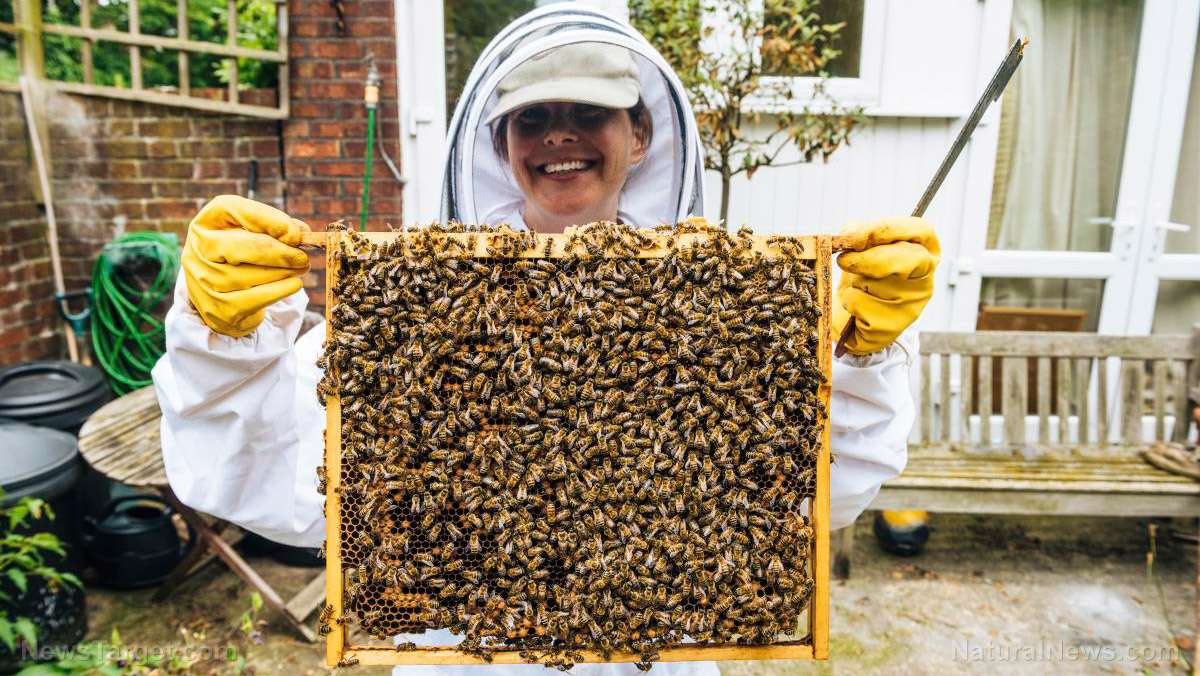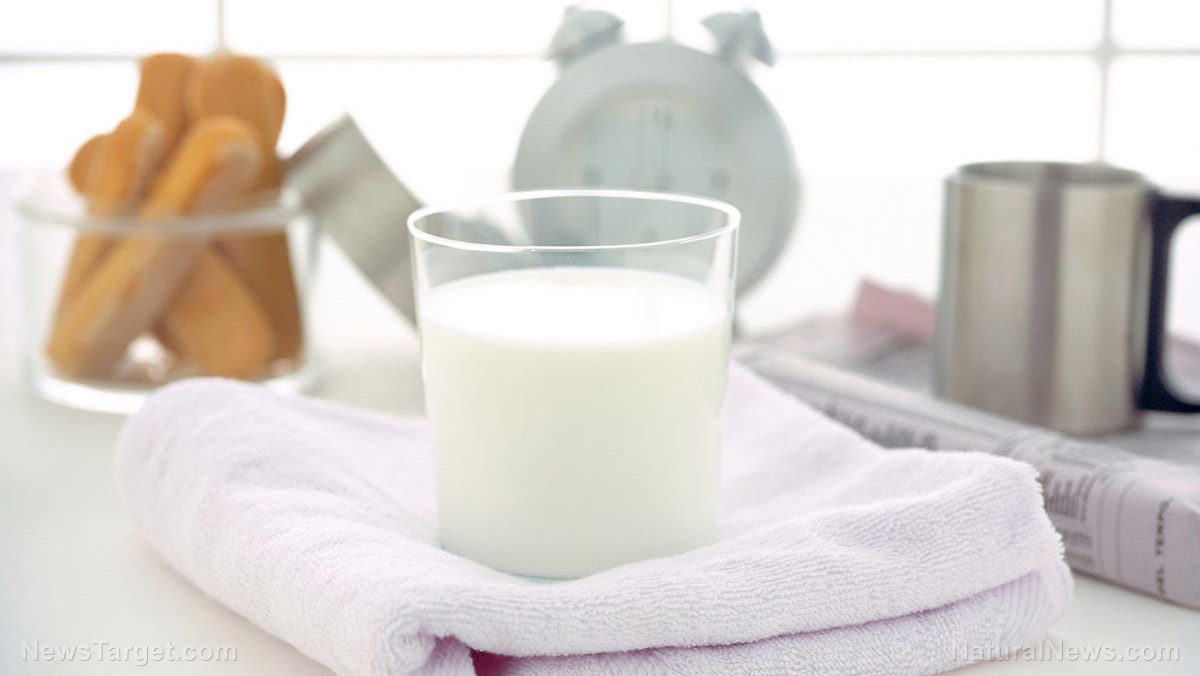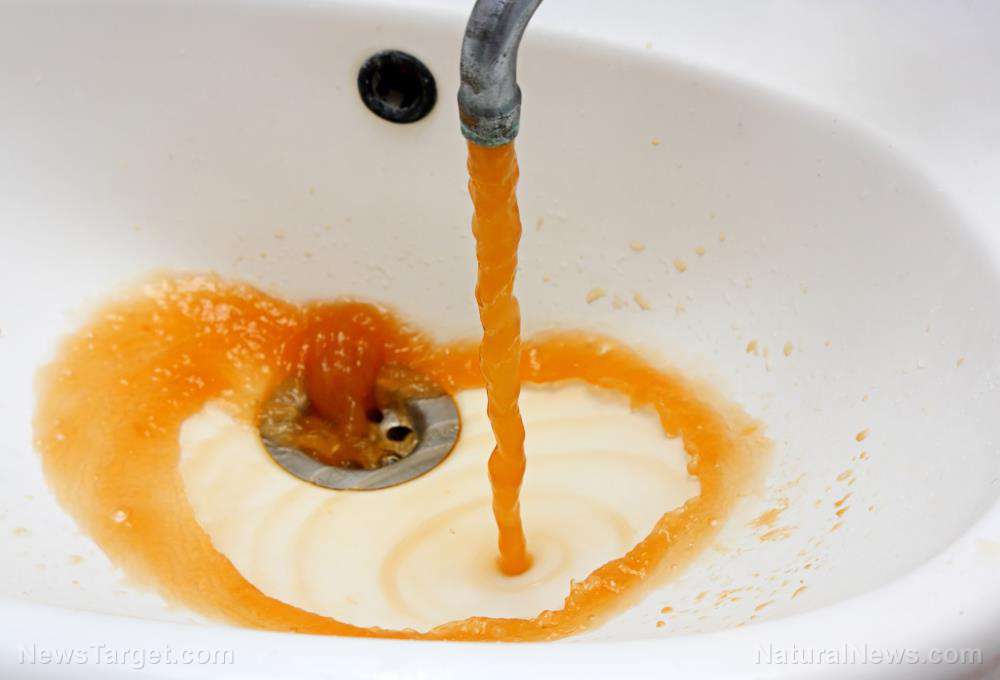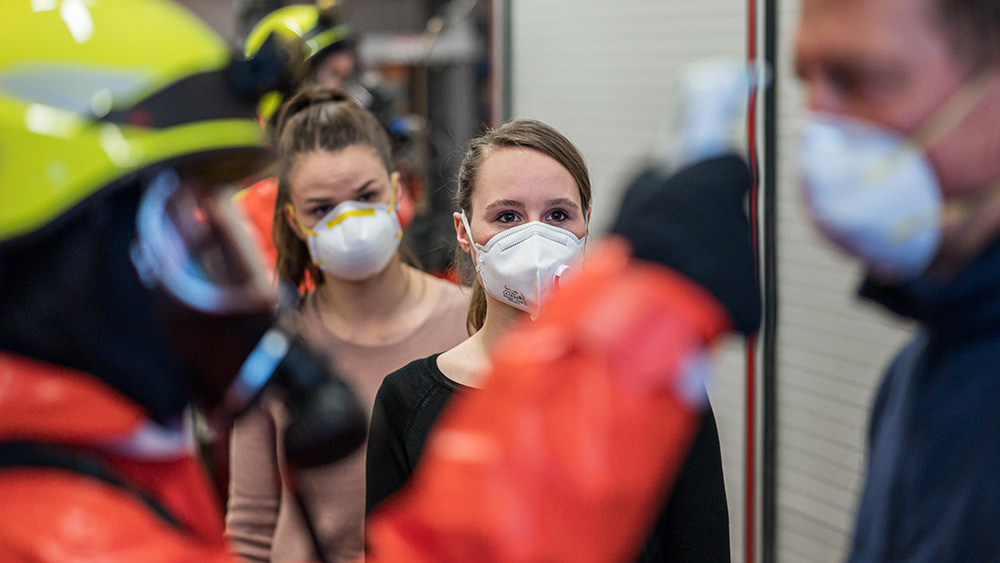Air pollution can also happen INDOORS – here’s how to spot the worst offenders
05/06/2020 / By Divina Ramirez

The term “air pollution” is typically associated with factory fumes, smoke-belching vehicles and roaring bush fires. But the air inside your home is also at risk of pollution in the hands of certain household items that may seem harmless at first glance. If left undetected, these products can produce pollutants that cause health complications like respiratory infections, memory loss and vision impairment.
Indoor air pollution
Indoor air pollution is one of the leading causes of disease and premature death in developing countries, according to the World Health Organization (WHO). For the most part, this staggering figure is due to the fact that indoor air pollutants are rarely detected before any significant damage to an individual’s mental or physical health occurs.
But the effects of indoor air pollutants vary depending on the degree of exposure. For instance, volatile organic compounds (VOCs), a group of chemicals that include toxins like benzene, formaldehyde and toluene, may only begin to cause serious complications after an individual has been exposed to the offending toxin for a certain period.
That said, VOCs are one of the main culprits of indoor air pollution that are known to cause health problems. Even short-term exposure to VOCs can cause the following symptoms:
- Headaches
- Nausea
- Dizziness
- Dry coughs
- Sore throat
- Wheezing
- Nose bleed
- Fatigue
These immediate effects are usually treatable with natural remedies and treatments. In such cases, symptoms can also be avoided by simply eliminating the source of the offending pollutant.
Unfortunately, what works for one person does not necessarily work for another. A person with a preexisting condition like asthma or chronic bronchitis might react worse to pollutants than a healthy person. Some people may also eventually develop resistance to toxins and chemicals after repeated exposure.
Additionally, people who don’t develop symptoms even after exposure are still at risk of developing chronic conditions later in life. Certain health effects may show up years after the exposure has occurred, or only after long periods of exposure. In such cases, the health complications brought about by indoor air pollution tend to be more serious and potentially life-threatening, ranging from respiratory diseases to cancer. For this reason, it is important to detect sources of indoor air pollution as early as possible.
Common sources of indoor air pollution
Sources of indoor pollution tend to emit gases or release particles that affect indoor air quality. Don’t wait until you or your family members start to experience problems caused by poor indoor air quality and harmful pollutants. Here are some common sources of indoor air pollution that you should get rid of right away.
Carpets
Carpets, especially the wall-to-wall kind, are hotbeds for VOCs due to the numerous chemicals used in the manufacturing process. Even when left alone, carpets emit chemicals that cause headaches, nausea and shortness of breath. Carpets also pose a significant health risk to babies and toddlers who tend to crawl, sit and lie on them.
Gas stoves
Even when not in use, gas stoves can emit toxic gases like carbon monoxide, nitrogen dioxide and formaldehyde. If left unchecked, high levels of these gases inside the house can induce dizziness and fainting spells. In severe cases, carbon monoxide poisoning may lead to premature death.
Air fresheners
Many commercially available air fresheners are chock-full of VOCs like phthalates and formaldehyde. Technically, manufacturers are not required to include VOCs on the product label. But generally speaking, the more heavily scented a product is, the more likely it contains several harmful, airborne chemicals. (Related: Air fresheners are filling cars with toxic air.)
How to reduce indoor air pollution
Don’t wait until you start experiencing problems caused by hidden pollutants. Here are four protective measures you can take to reduce indoor air pollution and avoid the adverse health effects linked to certain pollutants:
- Ventilate – Open the windows and use exhaust fans to allow indoor air to flow.
- Avoid or limit the use of products with high VOCs – Ditch chemical cleaners, paint, adhesives and sealants that have high VOC content. Instead, look for variants with low VOCs or none at all.
- Maintain low room temperature – High room temperatures enable products with high VOCs to emit chemicals more readily.
- Use house plants to naturally purify the air – House plants act as natural dehumidifiers, so cultivate a few and scatter them around the house.
- Vacuum regularly – Keep the house free of allergens like dust, pollen and pet dander by vacuuming regularly.
It’s impossible to avoid exposure to indoor air pollution completely. That said, there are several ways you can minimize the risk of exposure to protect you and your family from the harmful effects of pollutants like VOCs, secondhand smoke and airborne toxins.
Sources include:
Tagged Under:



















